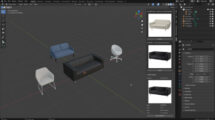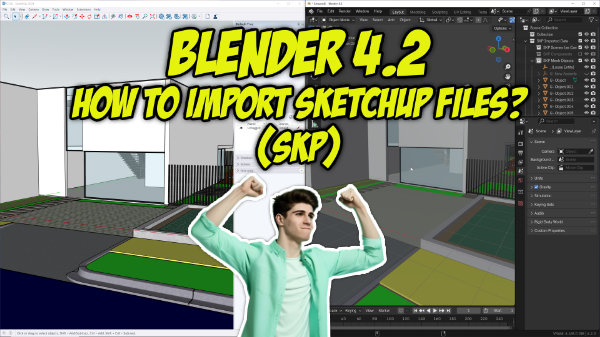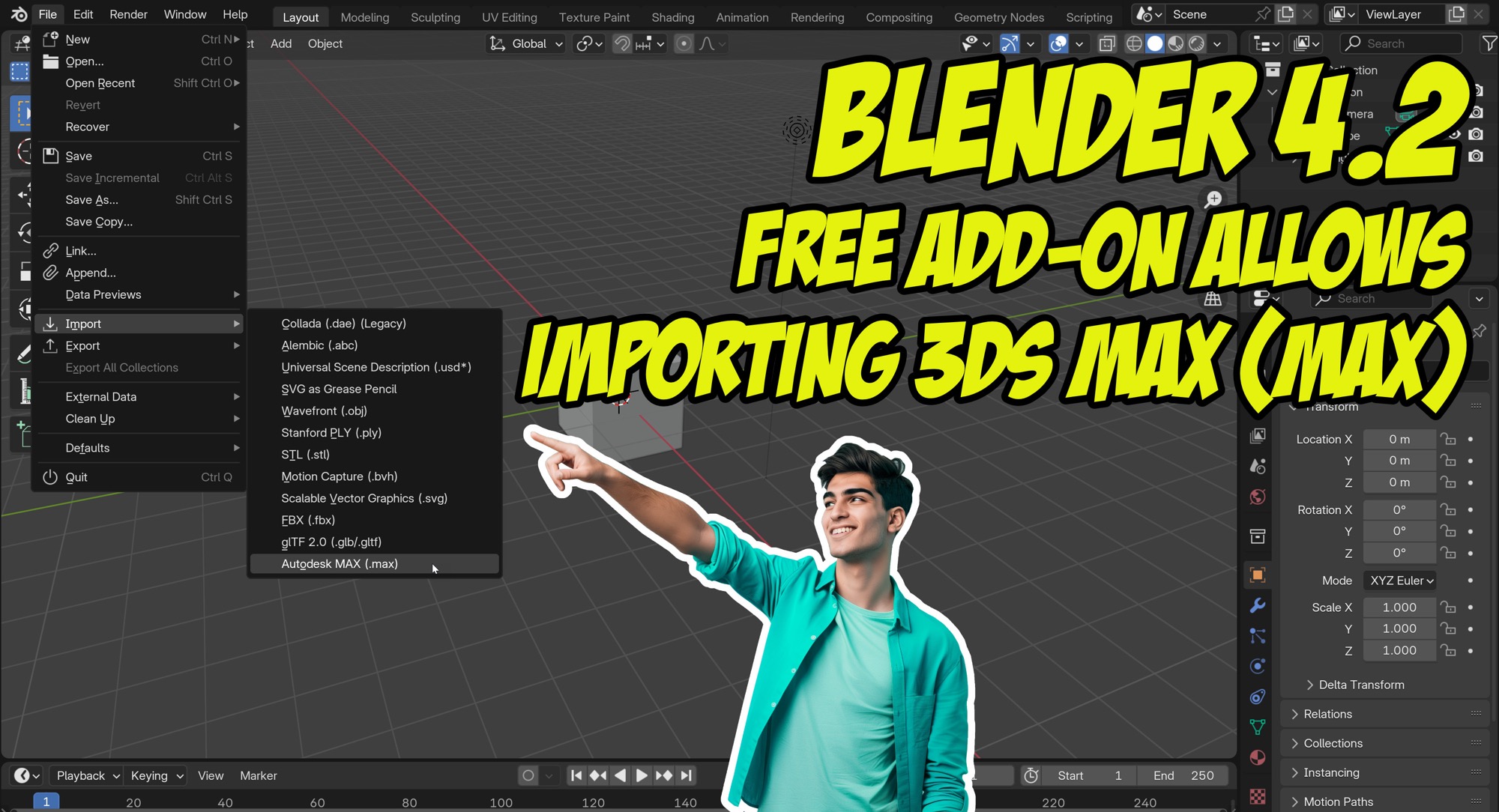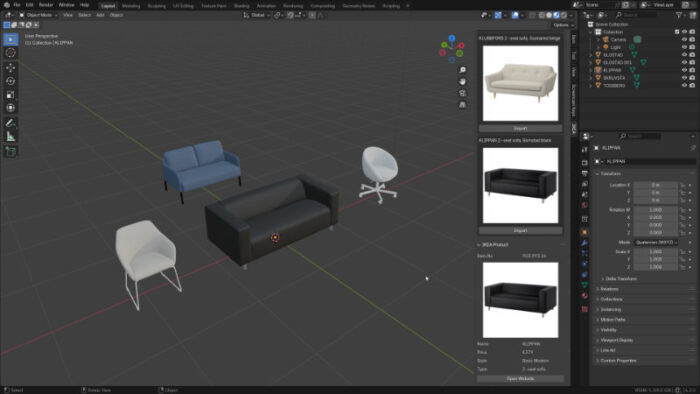
For architectural visualization artists using Blender and trying to design green architecture wasn't that easy until today. The use of third party tools like SketchUp and scripts to use softwares like EnergyPlus, added several steps to the visualization workflow. Last week I was told of a new Add-on for Blender 2.5 developed by an artist/developer called Mark Pitman that will change the way we use Blender for architecture. The BlendME Add-on allows you to use several options to run environmental analysis without leaving Blender.
The video below shows an example of light analysis using BlendME and Radiance.
The script works as an interface to export info from Blender, and place the results back on the 3D View. For instance, we can use EnergyPlus for thermal energy modeling and Radiance for light design. How can I download it?
This is the only downside of the Add-on so far. The developer didn't release the Add-on for download yet. He is waiting for a stable Blender API to finish BlendME.
In the meantime, you can watch more videos and a detailed description of the tool in the BlendME web site.






great, but I wonder how this addon can report physicaly correct results without a physicaly correct GI renderer !
Because it uses Radiance which is the industry-norm for physically accurate lighting calcs. The addon itself does not actually do many calcs, rather it acts as an interface essentially wrapping blender around all of the best industry-standard open-source tools for doing sophisticated building analyses.